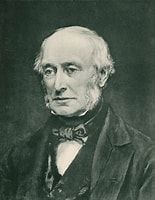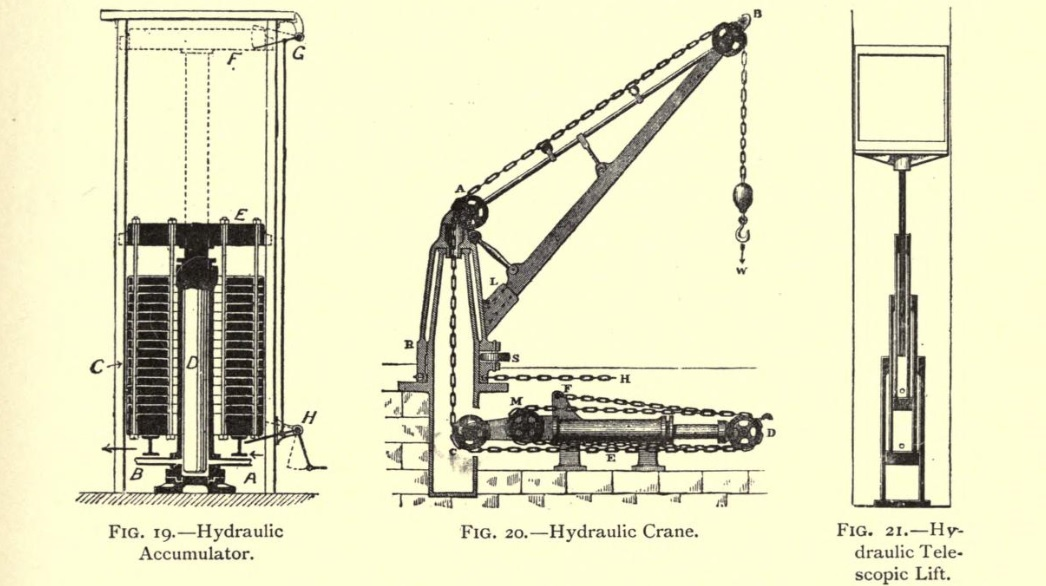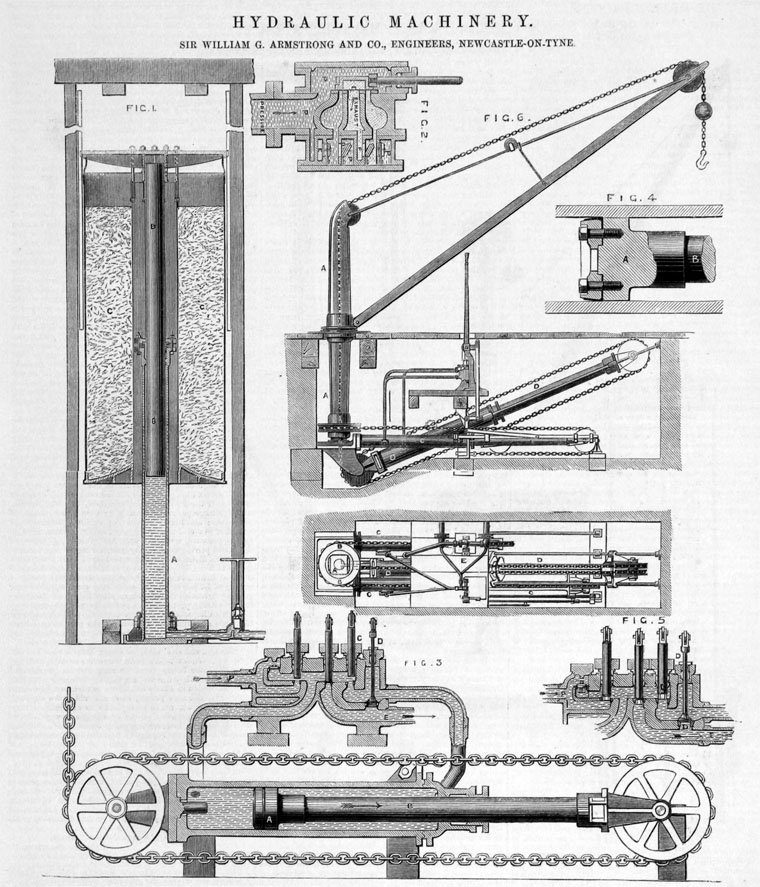Baron William Armstrong
The inventor of the hydraulic accumulator

Baron William George Armstrong (November 26, 1810 – December 27, 1900) was an English engineer and inventor. Born in Newcastle upon Tyne, England, he showed an early aptitude for engineering. As a young lad, William spent time in the workshop of William Ramshaw, an engineer, entrepreneur, and his future father-in-law.
William's career began not in engineering, but in law. Abiding by his father's wishes, he started working at
Armorer Donkin's law firm, a family friend. He later studied law in London for five years before returning home to marry Margaret Ramshaw and begin practicing law as a partner with Mr. Donkin.

Despite his dedication to law, William never lost his interest in engineering. In his spare time, he conducted various experiments and research, focusing on hydraulics. During a fishing trip in 1835, he observed a water wheel and noted its inefficiency in converting waterpower to useful energy. Over the next decade, he worked on harnessing waterpower more efficiently.

In December 1845, he presented a model of his hydraulic crane to the Literary and Philosophical Society (Lit & Phil) in Newcastle. The following year, he convinced the local council to let him convert a quayside crane to hydraulic power, which proved successful.
In 1846, Armstrong, Donkin, and others founded the Newcastle Cranage Company. In 1847, they formed W.G. Armstrong & Co. and founded the Elswick Engine Works. In 1850, William Armstrong and John Fowler invented the hydraulic accumulator. The crane manufacturing business thrived, producing roughly one hundred cranes a year. With this success, W.G. Armstrong & Co. branched out into bridge construction.
Between 1850 and 1855, W.G. Armstrong & Co. assisted in constructing a new suspension bridge over the River Ness at Inverness, Scotland. Unfortunately, that bridge was replaced in 1961. The Newcastle Swing Bridge, designed by William G. Armstrong, was completed in 1876 and still stands today.

